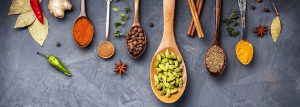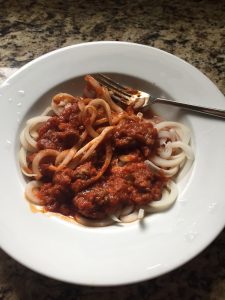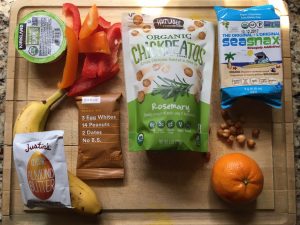A client recently told me the story of going to see a practitioner who said to her, “I don’t know if I can help you yet. First I have to see if you are salvage worthy.”
I was floored. Shocked. I thought I had heard it all.
A patient goes to see a practitioner for healing and comes home with more trauma.
Navigating today’s medical world can be so challenging at times. Particularly when you are ill but your symptoms don’t fit into a box. There is no easy label or easy solution for your cluster of symptoms.
Sometimes there is bias or judgement around body weight, age, sex.
I see this story from two lenses.
One, as practitioner. We must remember that our words carry power to heal or to hurt. The decision about whether or not a patient can heal or not is not ours to make.
Two, As a patient myself. It is important to remember to advocate for ourselves. To not give away our power to make decisions for ourselves. We each are the experts about our own internal experience and history.
We can choose who we see for medical care. When talking to a medical provider, it is important to voice concerns, to pay attention to our inner dialogue and to have courage to say what we need to say.
When it comes to healing, there is always something we can do.
One thing I have learned in my life and my practice, no matter how small the act, if it moves us toward positive change then it matters.
A small action can have a large reaction. We can support the MIND with hobbies, sleep, intellectual stimulation and positive social interactions. We can support the SPIRIT with prayer, meditation and time in nature. We can support the BODY with water, healthy food, movement and sleep.
We are all salvage worthy. We matter. We are all worth time and effort from ourselves and from our health care professionals. Small or large, any change towards health is a good place to start.







 4 Kitchen Gadgets I Love!
4 Kitchen Gadgets I Love!

 Baked sweet potato toast
Baked sweet potato toast  Cucumber subs h
Cucumber subs h y and reduce intake of added sugars!
y and reduce intake of added sugars!
 Veggies with hummus
Veggies with hummus